A fun time was had by all Monday night at the Joan Crawford birthday party and screening at Laemmle NoHo 7 in North Hollywood! Thanks to Greg Laemmle and his staff, Warner Archive and Shakar Bakery. And of course everyone who attended!
In case you missed it, here are some vids, pix and a trivia fix.
We showed “Possessed” (1947, Curtis Bernhardt):
and “What Ever Happened to Baby Jane?” (1962, Robert Aldrich):
Trivia Questions
1. What was Joan’s given name and where was she born?
2. The name Joan Crawford was the second-place winner from a contest held by MGM to rename their new star. The top choice was rejected because it already belonged to another actress. What was it?
3. Joan won the Best Actress Oscar for her 1945 performance in “Mildred Pierce.” That was the only time she won but she was nominated for Best Actress two other times. Name the movies.
4. What did Joan’s professional resume have in common with Bette Davis’s as young women?
5. Joan starred with Clark Gable in eight films. Name the first one.
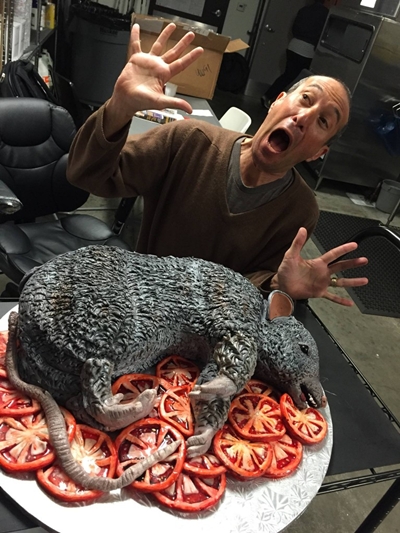
Eek! Greg Laemmle reacts to the cake, a superb creation by Shakar Bakery. The cake references an unforgettably gross moment in “Baby Jane.”
Trivia Answers
1. Lucille Fay LeSueur, San Antonio, Texas.
2. Joan Arden.
3. “Possessed” 1947 and “Sudden Fear” 1952
4. They were both dancers – Joan was a Broadway showgirl who came to Hollywood to play flappers (“Our Dancing Daughters” 1928 was a breakout film). She was Fred Astaire’s first on-screen dance partner. Bette Davis studied dance with Martha Graham.
5. “Dance, Fools, Dance” 1931. Their last was “Strange Cargo” 1940. Both married, their affair was called: “the affair that nearly burned Hollywood down.”
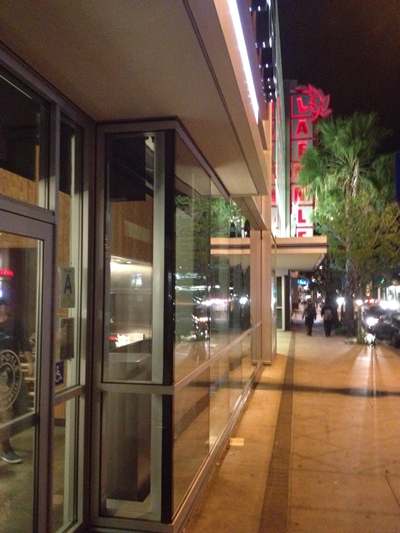
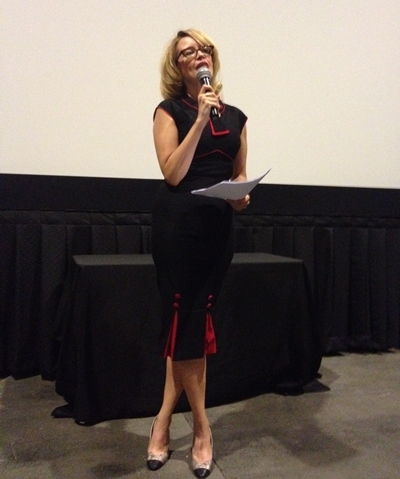
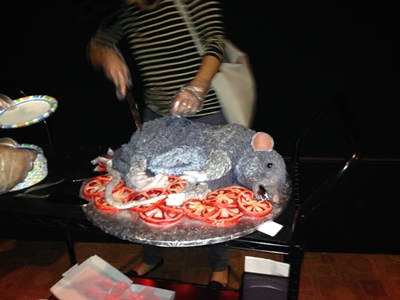








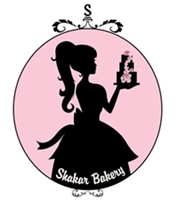
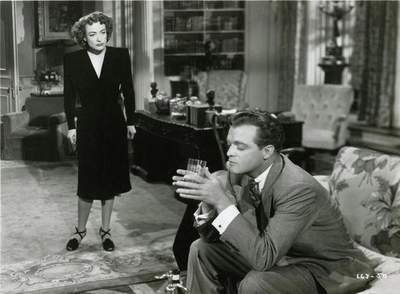
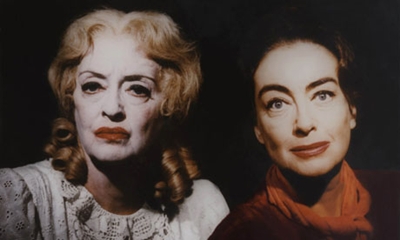
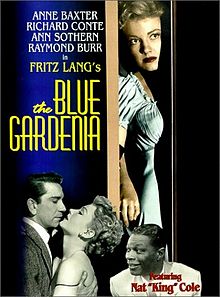
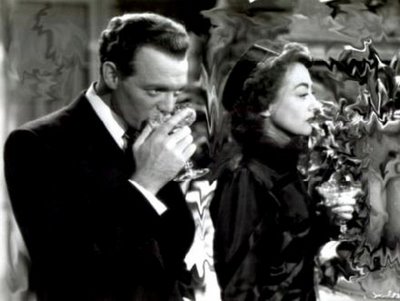
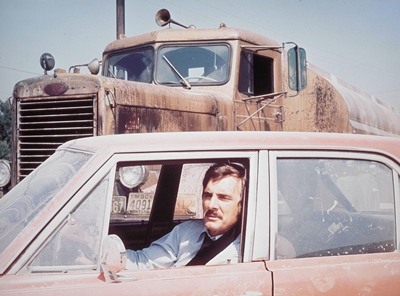
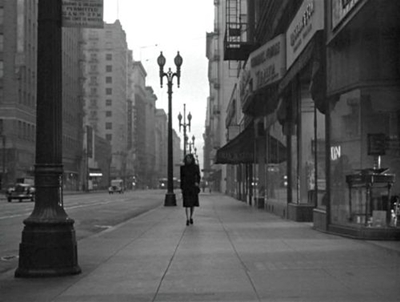
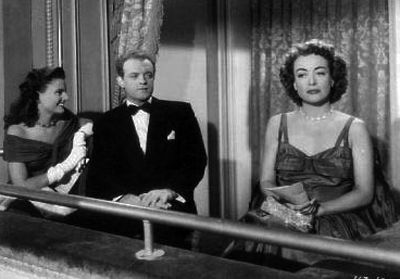
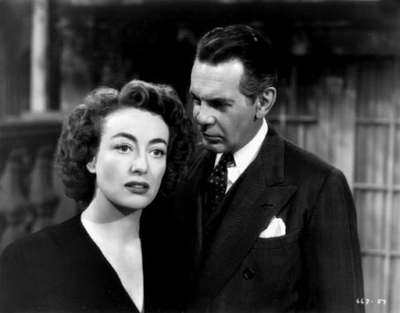
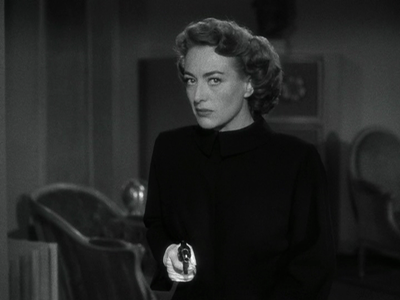
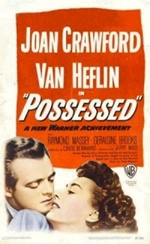
![NC_Chicago225[1]](http://www.filmnoirblonde.com/wp-content/uploads/2011/08/NC_Chicago2251-214x300.jpg)
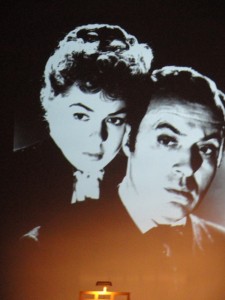





From FNB readers